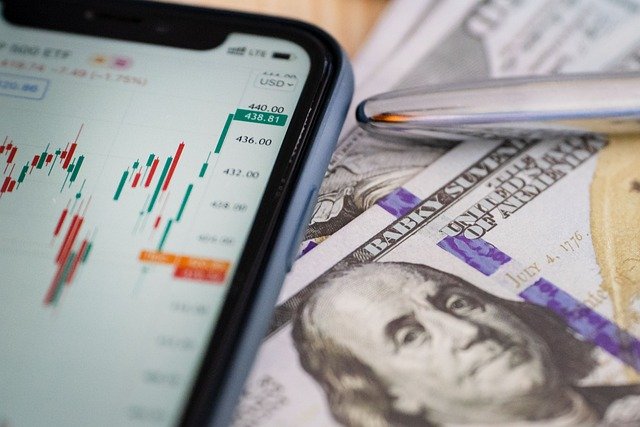The Dawn of Digital Fashion: Virtual Wardrobes Redefine Style
In a world where technology intersects with every aspect of our lives, the fashion industry is experiencing a seismic shift. Digital fashion, once a concept relegated to video games and sci-fi movies, is now emerging as a groundbreaking trend that's reshaping how we perceive, consume, and interact with clothing. This revolutionary movement is not just changing what we wear, but how we wear it, blurring the lines between physical and virtual realms.

Breaking the Physical Barriers
One of the most compelling aspects of digital fashion is its ability to transcend physical limitations. Designers are no longer constrained by the laws of physics or the availability of materials. In the digital realm, a dress can be made of water, a jacket can emit light, and accessories can shape-shift at will. This newfound freedom has unleashed a wave of creativity, pushing the boundaries of what’s possible in fashion design.
The Environmental Angle
In an era where sustainability is paramount, digital fashion offers a promising solution to the industry’s environmental woes. Traditional fashion production is resource-intensive and often wasteful. Digital garments, on the other hand, have zero physical footprint. They don’t require raw materials, don’t produce waste, and don’t need to be transported. This aspect of digital fashion is particularly appealing to environmentally conscious consumers who want to express their style without contributing to the industry’s ecological impact.
The Social Media Revolution
Social media platforms have become virtual runways, and digital fashion is the perfect fit for this new landscape. Influencers and everyday users alike can now “wear” elaborate outfits in their posts without ever owning the physical garments. This trend has given rise to digital-only fashion collections and virtual try-on experiences, allowing consumers to experiment with styles they might never have considered in the physical world.
The Economic Implications
The rise of digital fashion is reshaping the economics of the industry. Virtual garments can be “produced” and distributed at a fraction of the cost of physical clothing, opening up new possibilities for pricing and accessibility. Moreover, the concept of ownership is being redefined. Just as we’ve seen with digital art and NFTs, virtual fashion items can be bought, sold, and collected, potentially creating a new market for digital fashion enthusiasts.
Navigating the Digital Fashion Landscape
-
Explore virtual fashion platforms to familiarize yourself with the concept
-
Consider investing in a few digital fashion pieces to enhance your social media presence
-
Look for brands that offer both physical and digital versions of their designs
-
Participate in virtual fashion shows and events to stay on top of digital trends
-
Experiment with augmented reality (AR) apps that allow you to virtually try on clothes
As we stand on the brink of this digital fashion revolution, it’s clear that the future of style is no longer confined to our physical closets. The virtual wardrobe is becoming a reality, offering endless possibilities for creativity, sustainability, and self-expression. While traditional fashion will always have its place, the integration of digital elements is set to redefine our relationship with clothing in ways we’re only beginning to imagine. The fashion frontier is expanding, and it’s time to embrace the pixels alongside the fabrics.





